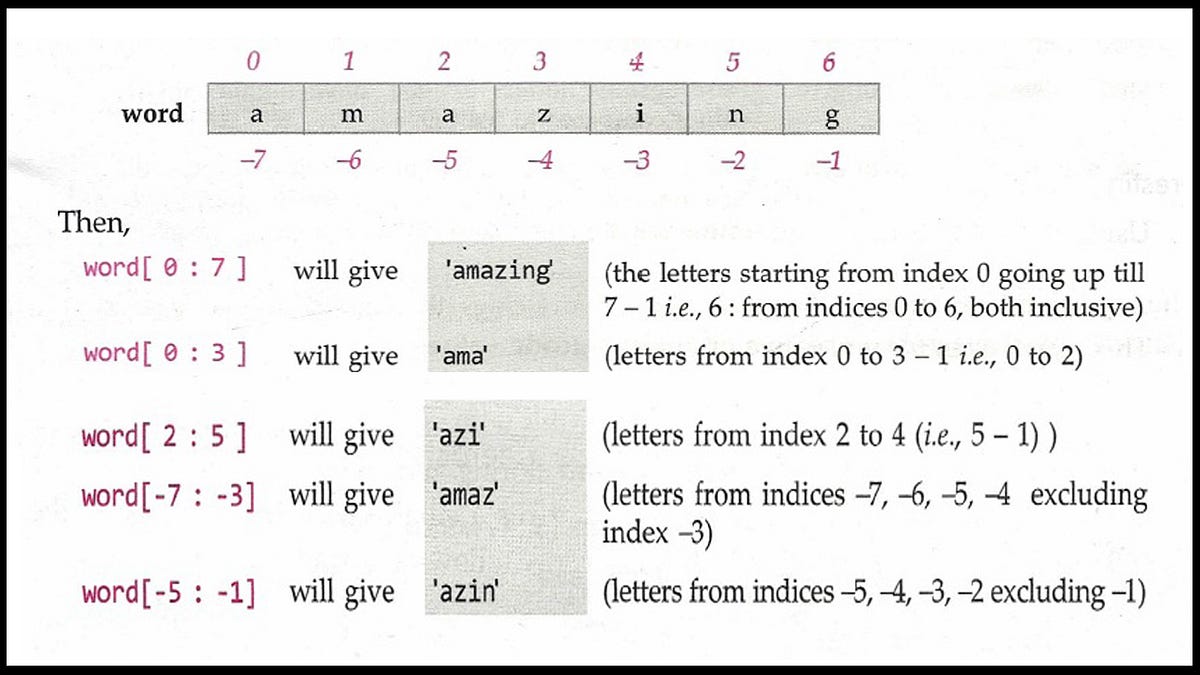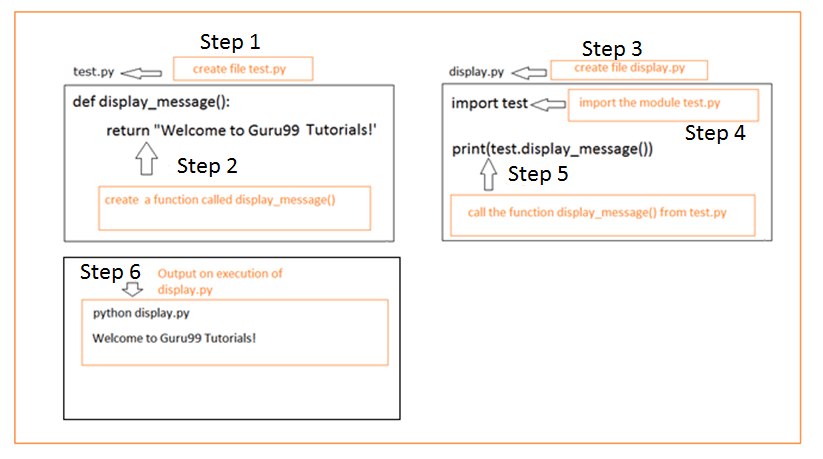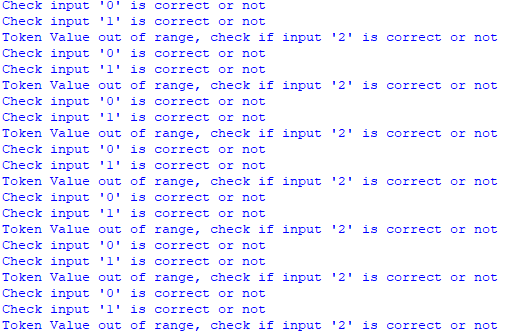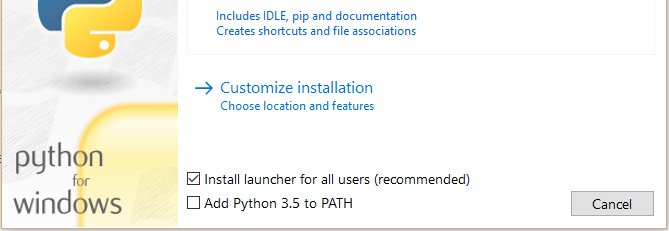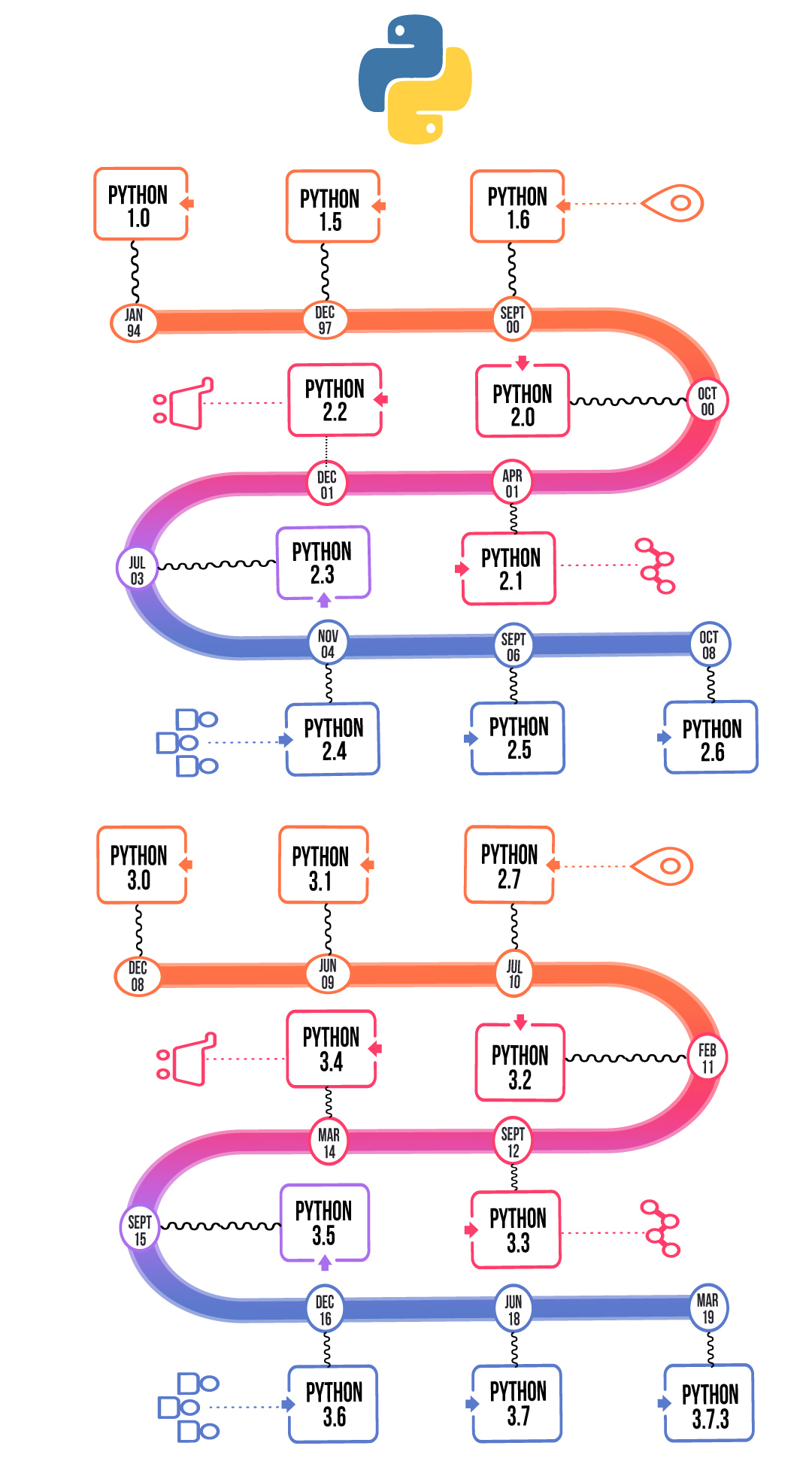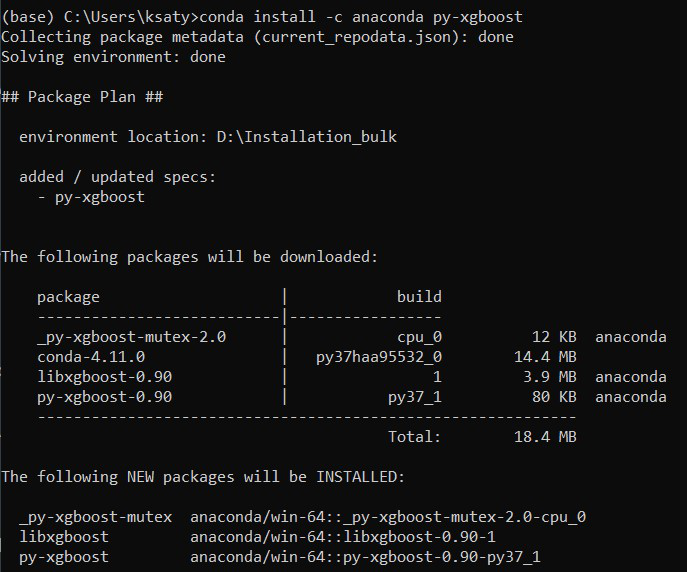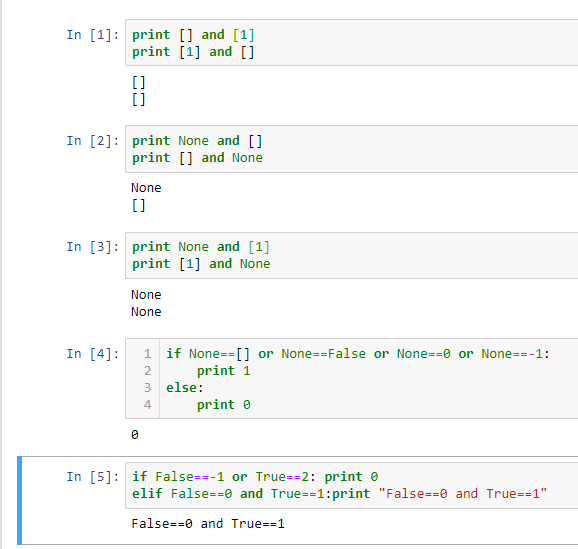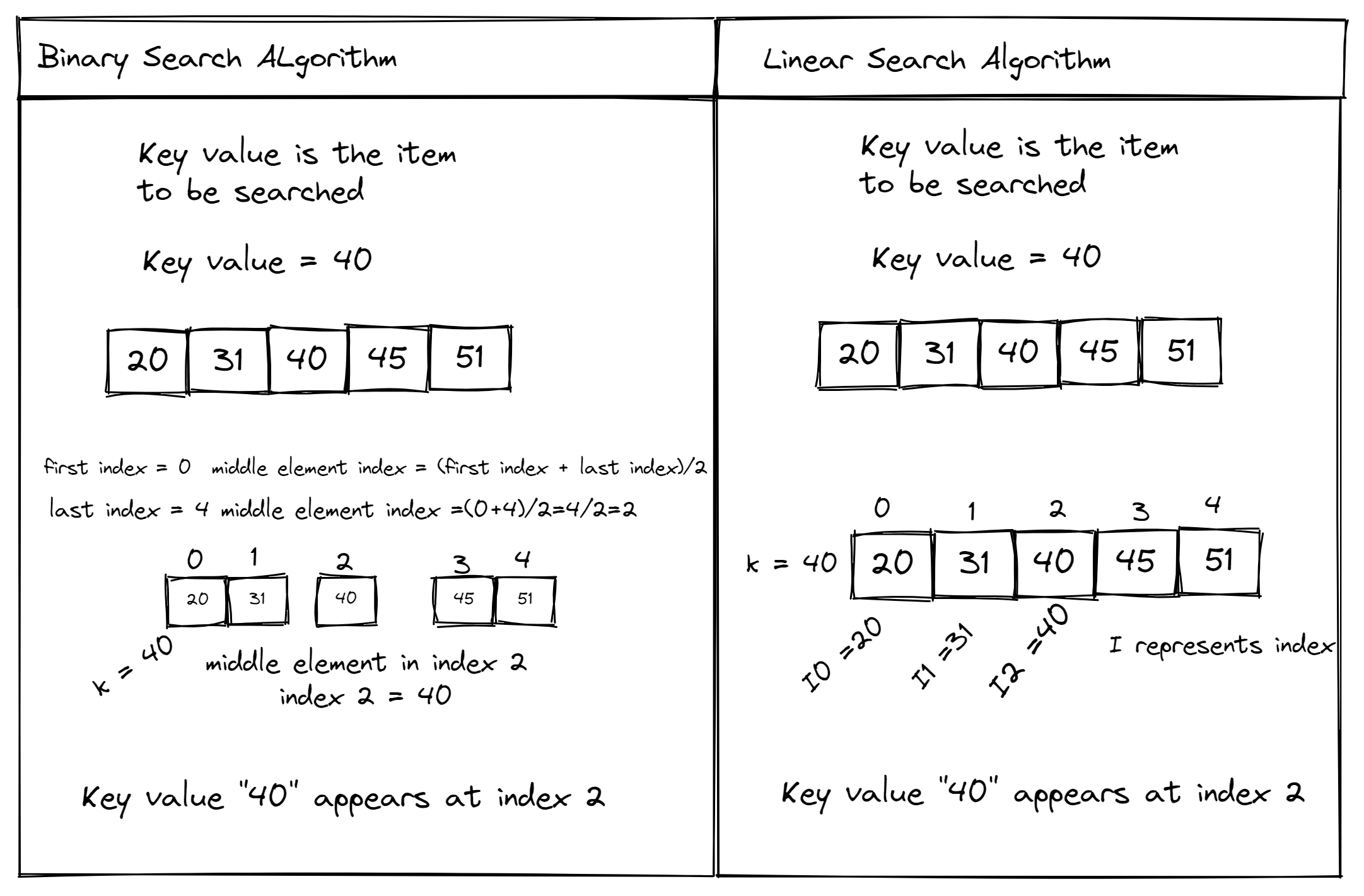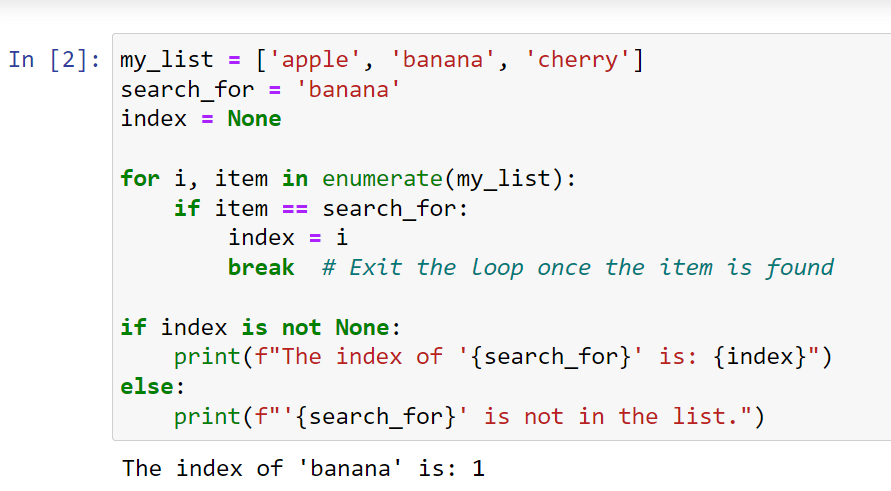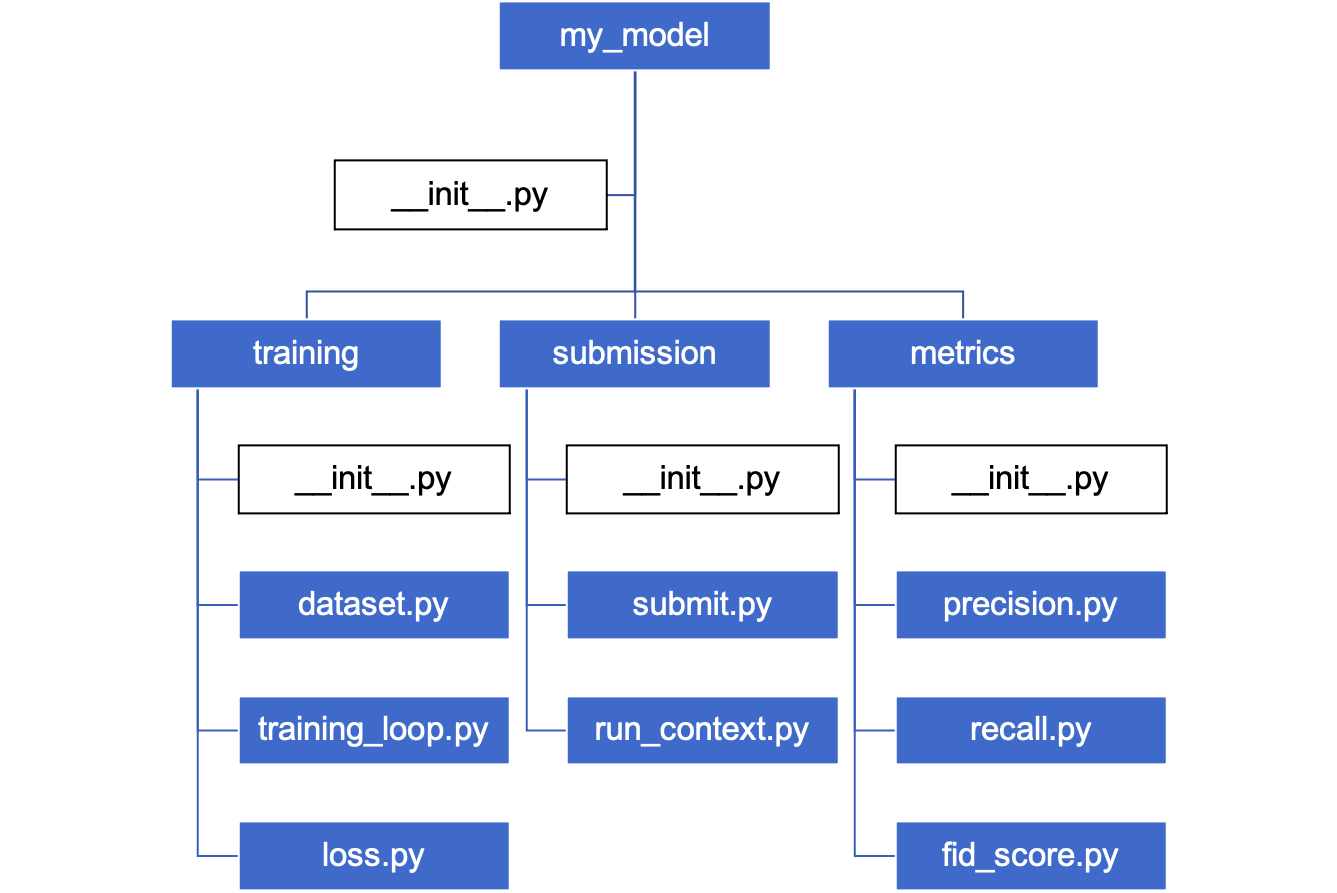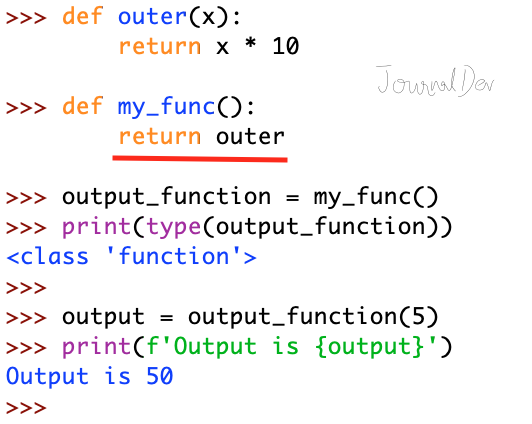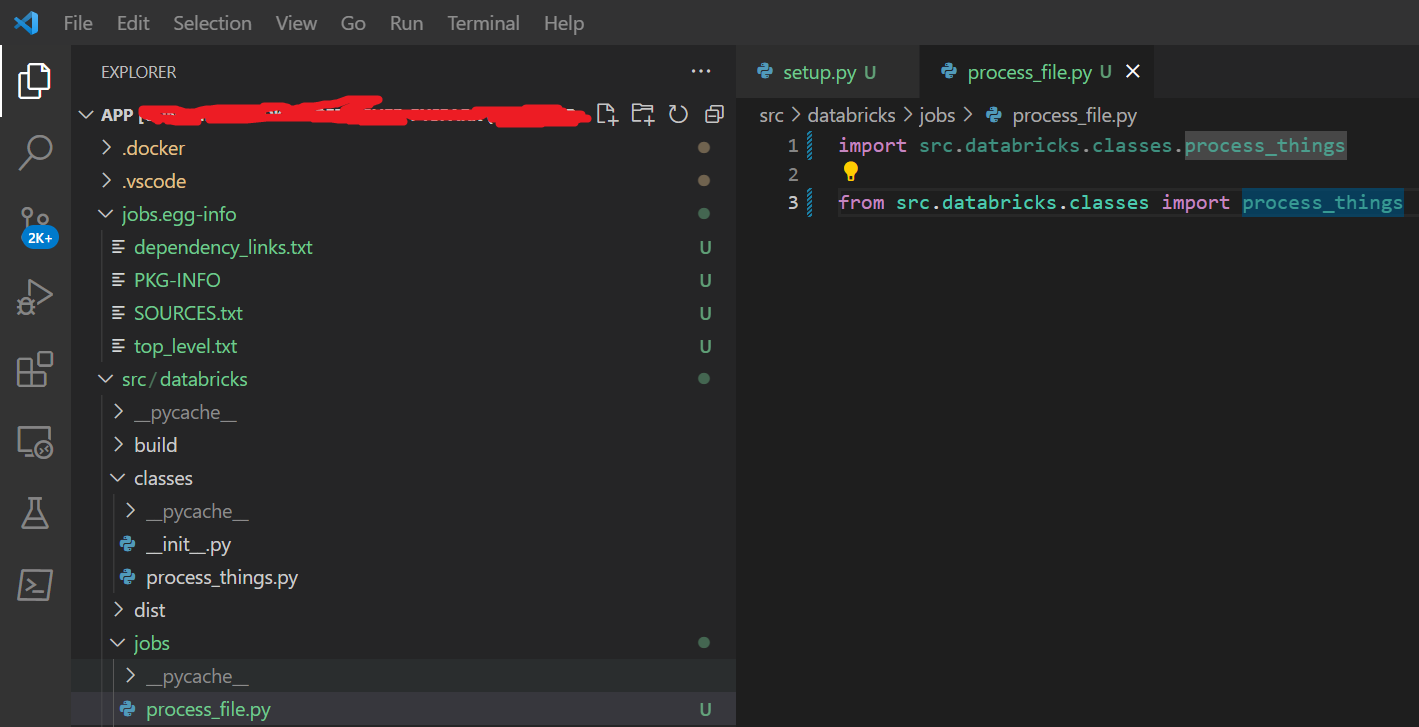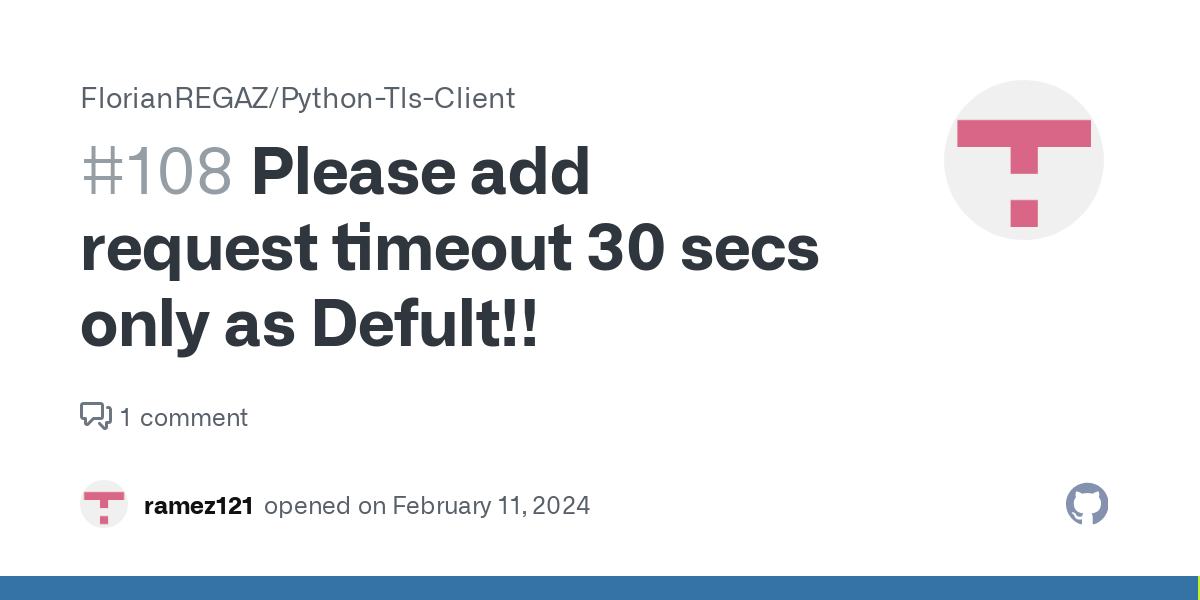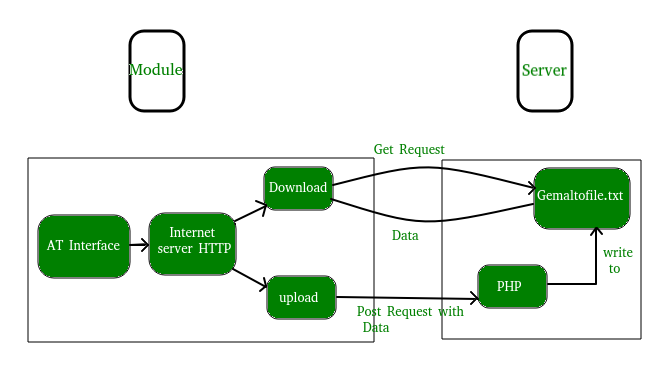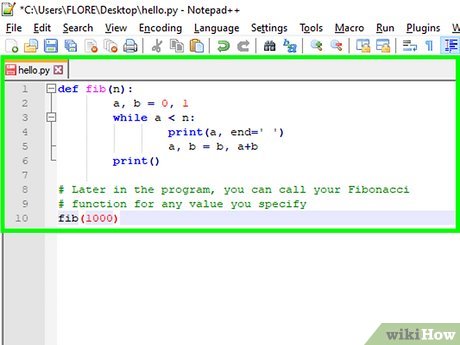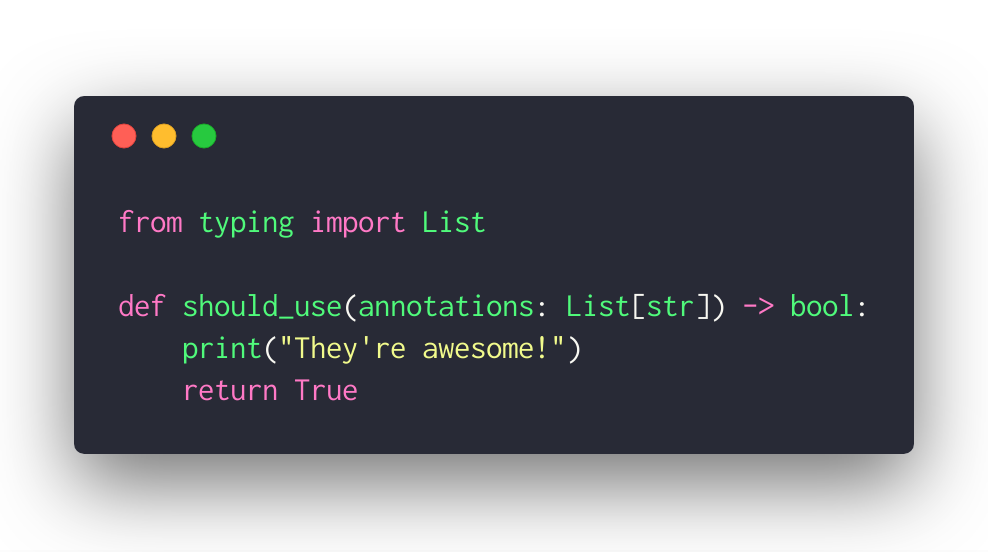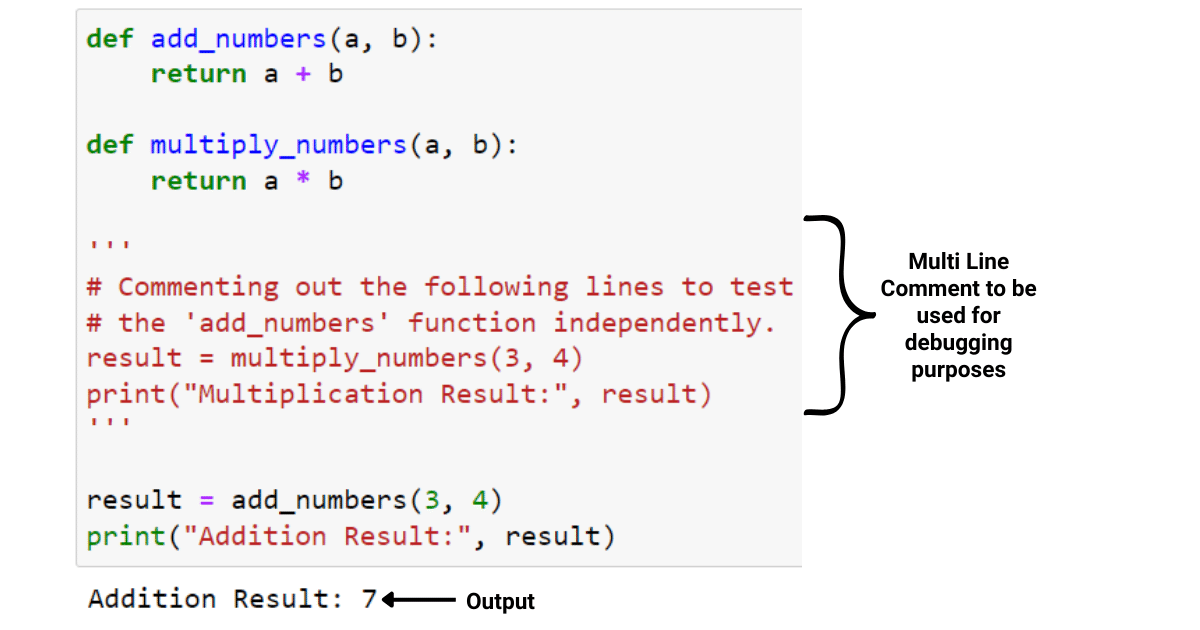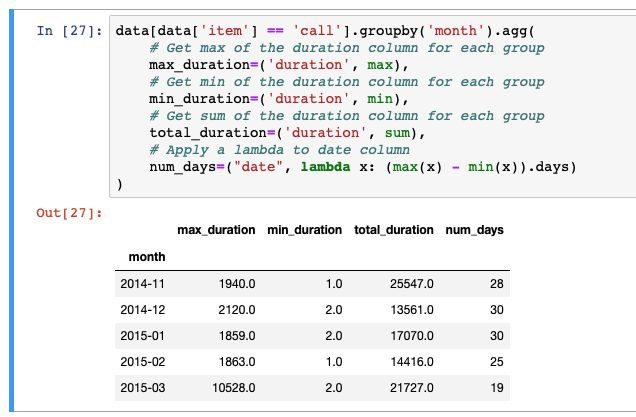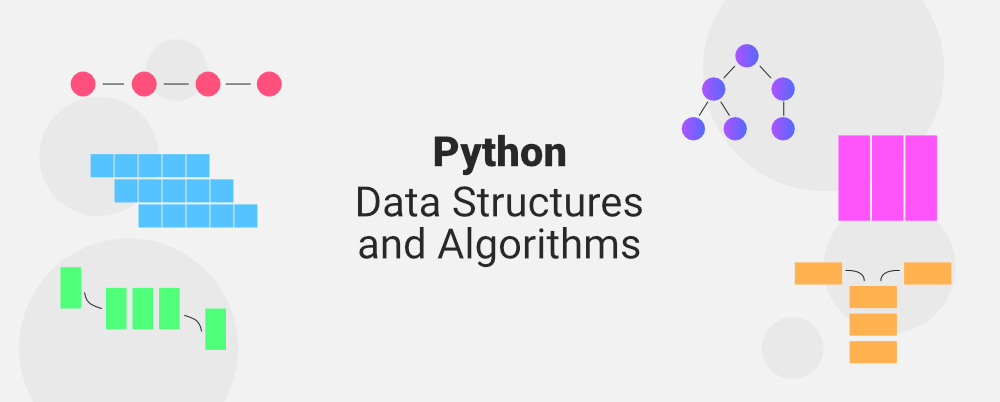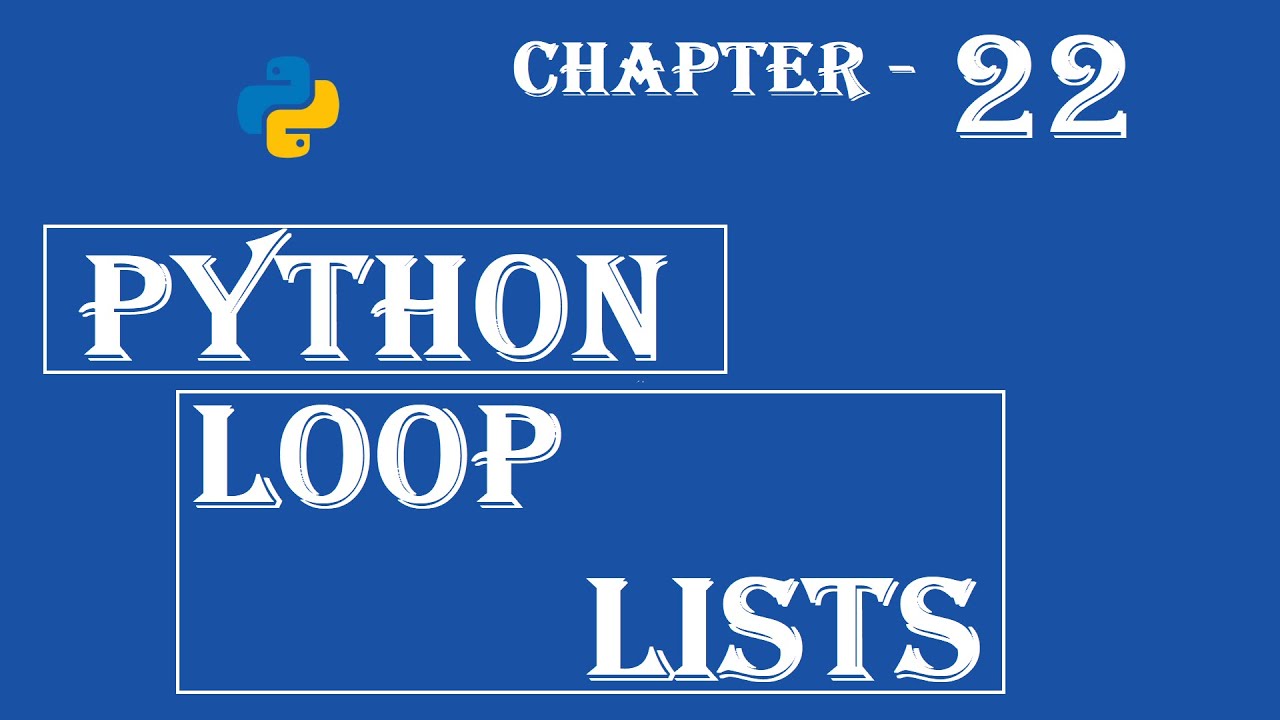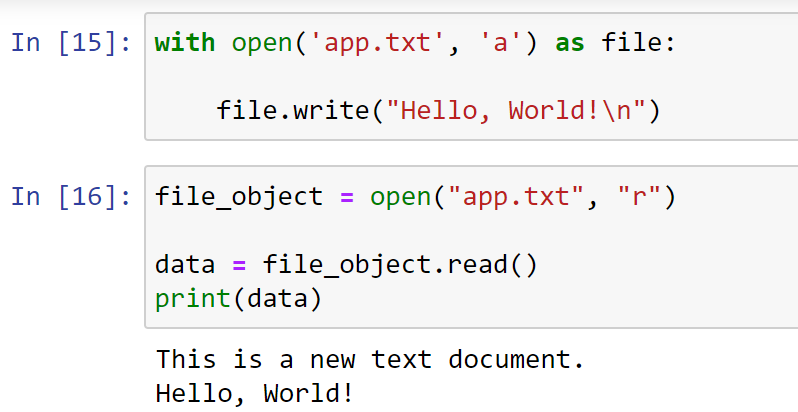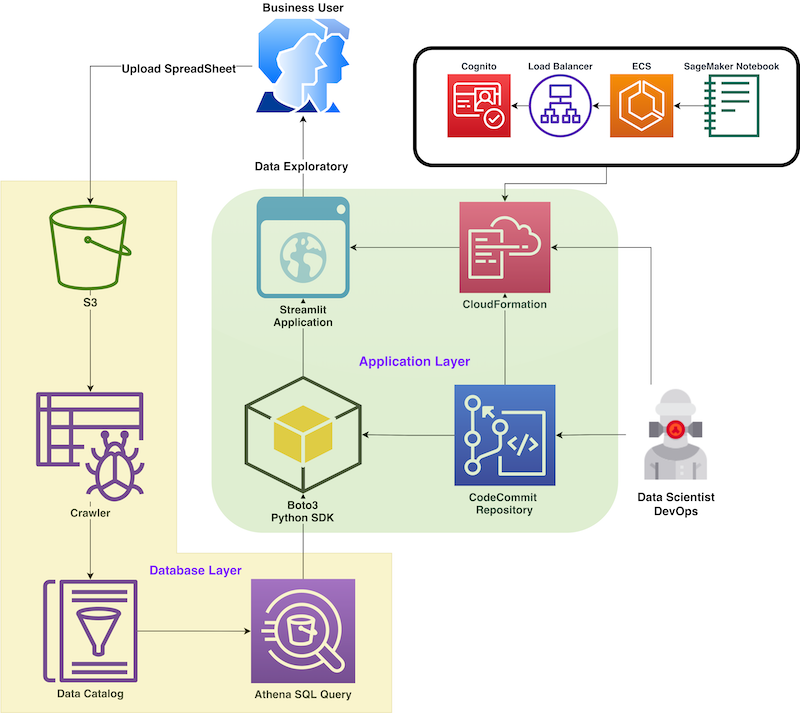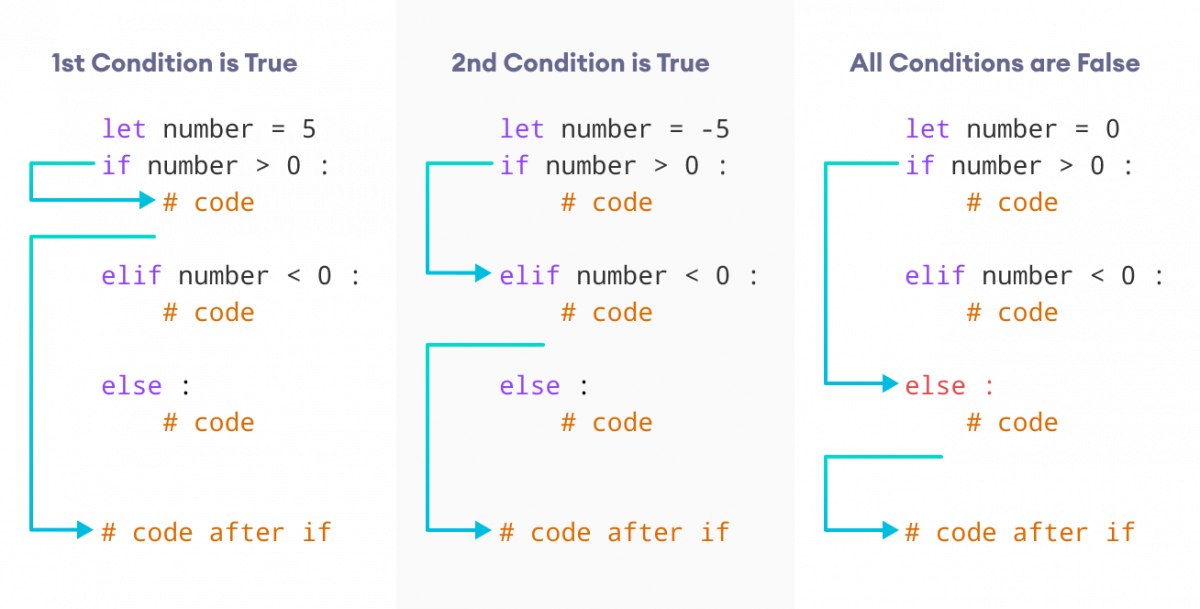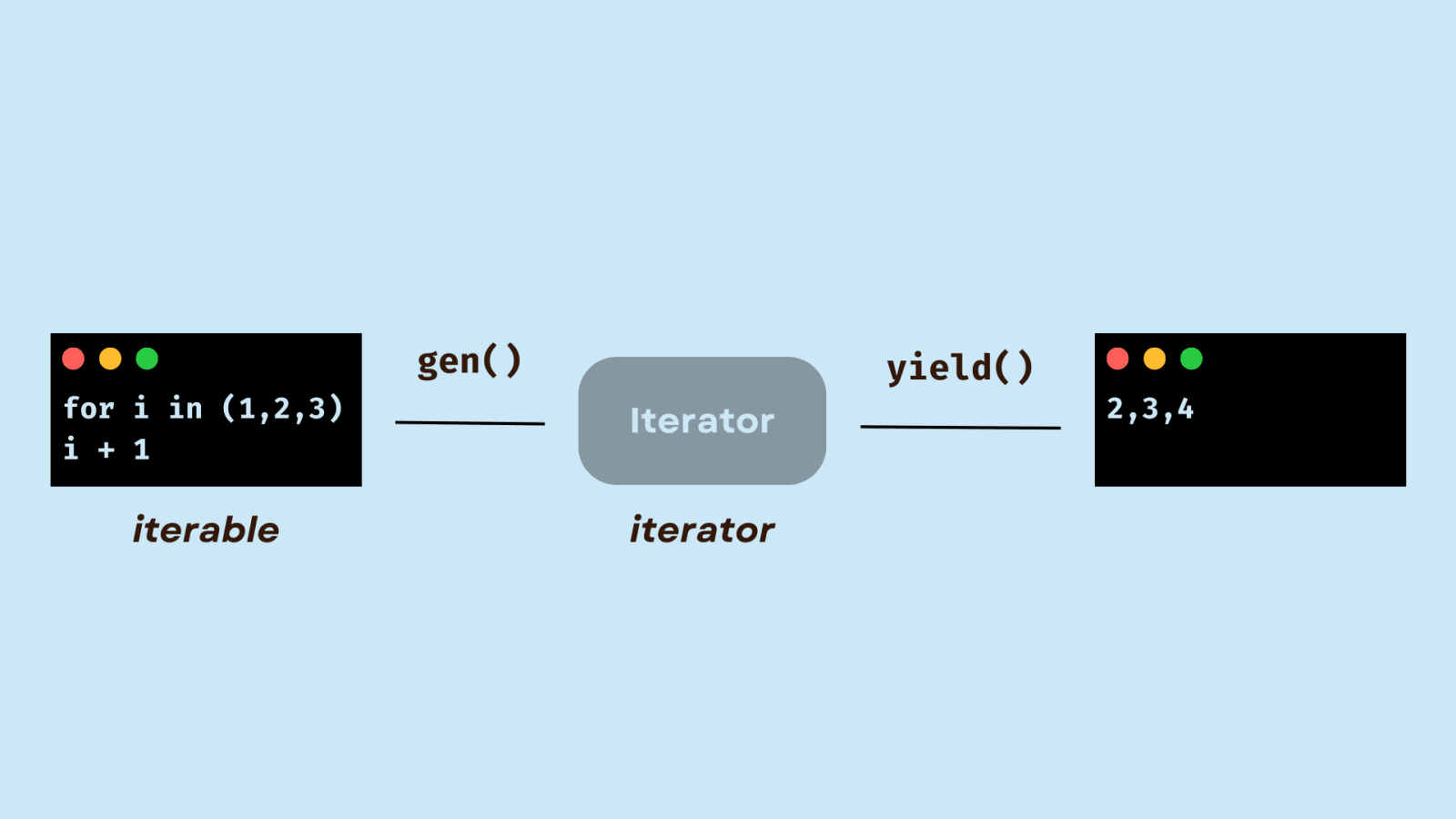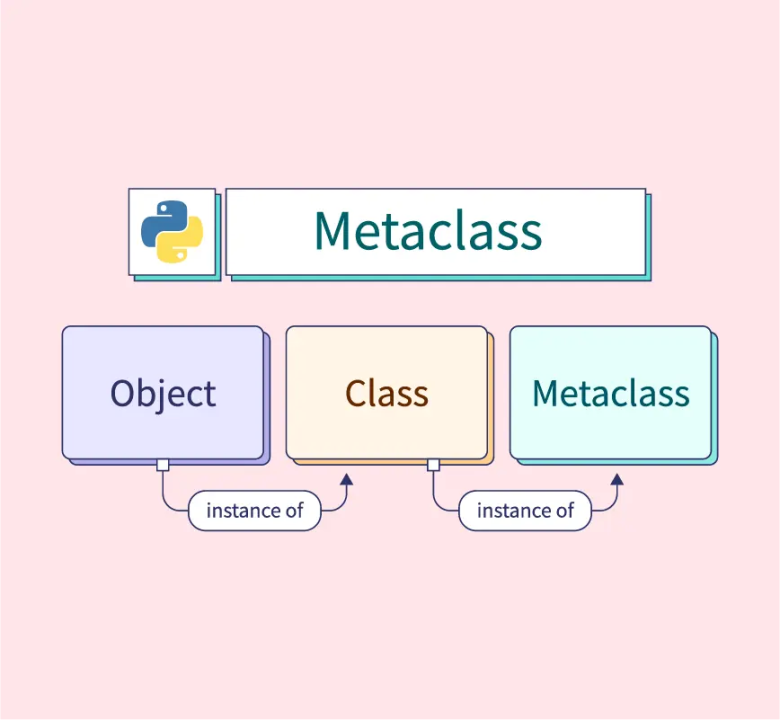Difference between list and tuple in python with examples
Difference between list and tuple in python with examples
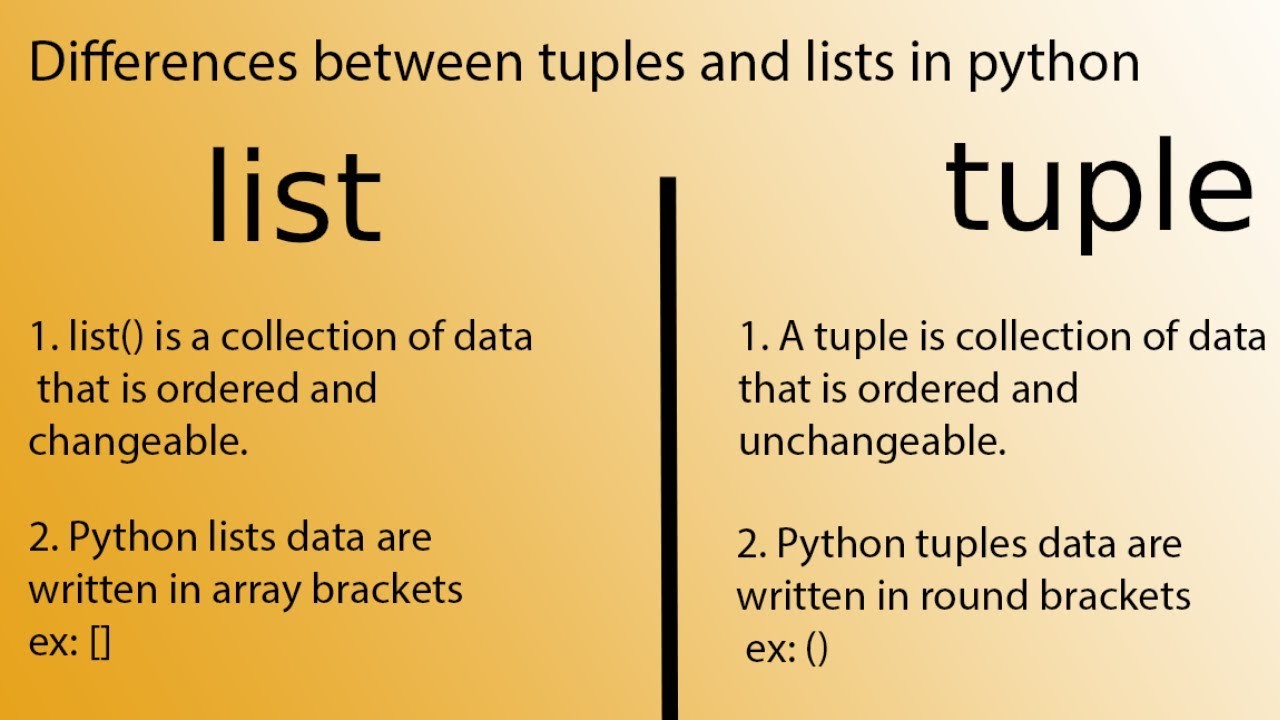
I'm happy to respond in English this one time!
In Python, list and tuple are two fundamental data structures that allow you to store collections of items. While they share some similarities, there are key differences between the two.
List (Mutable)
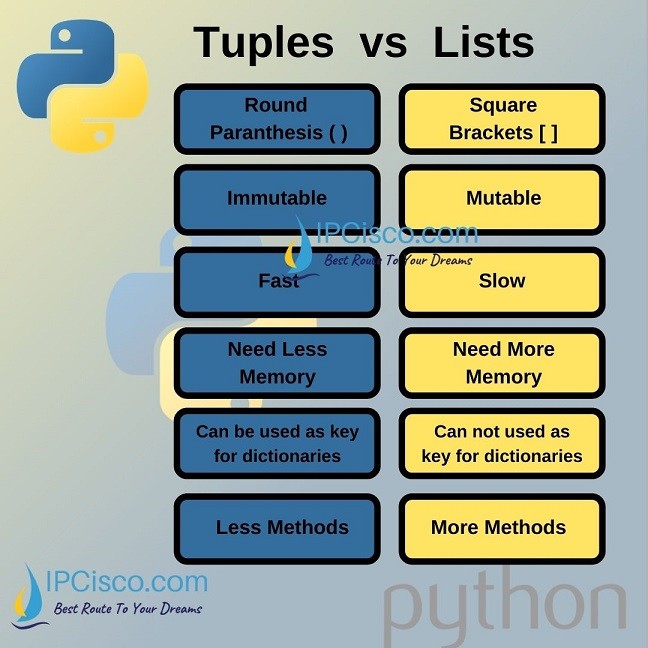
A list is a mutable sequence of objects, which means its contents can be modified after it's created. You can think of a list as an array in other languages, where elements can be added, removed, or changed. Here are some characteristics of lists:
Mutable: Lists can be modified. Ordered: Lists maintain the order of their elements. Indexed: Lists have indices that allow you to access specific elements. Dynamic: Lists can grow or shrink as elements are added or removed.Example:
my_list = [1, 2, 3]print(my_list) # Output: [1, 2, 3]
Modifying the listmy_list.append(4)
print(my_list) # Output: [1, 2, 3, 4]
Changing an elementmy_list[0] = 'a'
print(my_list) # Output: ['a', 2, 3, 4]
Tuple (Immutable)
A tuple is an immutable sequence of objects. Unlike lists, tuples cannot be modified after they're created. Tuples are similar to lists but have some key differences:
Immutable: Tuples cannot be changed. Ordered: Like lists, tuples maintain the order of their elements. Indexed: Tuples also have indices for accessing specific elements. Fixed size: Once created, a tuple's size remains constant.Example:
my_tuple = (1, 2, 3)print(my_tuple) # Output: (1, 2, 3)
Trying to modify the tuple will raise an errortry:
my_tuple.append(4)
except AttributeError:
print("Cannot modify a tuple!")
Tuples are immutable, so this attempt also failstry:
my_tuple[0] = 'a'
except TypeError:
print("Tuples cannot be modified!")
Key differences between lists and tuples:
Mutability: Lists are mutable, while tuples are immutable. Syntax: Lists use square brackets[], whereas tuples use parentheses ().
When to use each:
Use lists when you need a collection that can change dynamically. Use tuples when you require an immutable sequence for data that won't change.In conclusion, while both lists and tuples provide ways to store collections of objects in Python, they differ significantly in their mutability and usage scenarios. Understanding the characteristics of each is essential for choosing the right data structure for your programming needs.
What is the difference between a tuple and a constant list in Python?
The age-old question: what's the difference between a tuple and a constant list in Python? Well, let me tell you, it's not just about whether to use parentheses or square brackets. No, no, my friend! It's about semantics, syntax, and the very fabric of the language itself.
In Python, both tuples and lists are used to represent collections of items. However, they have some fundamental differences that set them apart.
The first difference is that a tuple is an immutable sequence, meaning you can't change its contents after it's created. Once you've defined a tuple, you're stuck with what you've got. Lists, on the other hand, are mutable, which means you can add, remove, or modify items at will. This difference has significant implications for how you use each data structure.
When to use a tuple? Well, whenever you need something that's going to stay the same throughout your program's execution. For example, if you're defining a set of constants that never change, a tuple is perfect. You can define a tuple like this: MY_CONSTANTS = (1, 2, 3).
On the other hand, when to use a list? Whenever you need something that might change over time. For instance, if you're tracking a user's history of actions or keeping a running tally of scores, a list is more suitable. You can create a list like this: user_actions = [].
Now, here's where things get really interesting. When you define a tuple, Python automatically adds parentheses around your values, whereas with lists, it's square brackets that are used. So, if you're trying to create a collection of items and forget the syntax (let's say you type my_list = [ instead of my_list = ['...)), Python won't even give you a syntax error! It'll just assume you meant to create a tuple and silently add the parentheses for you. This can be both a blessing and a curse, as it means you might not notice that you accidentally created a tuple when you intended to create a list (or vice versa).
Another key difference is that tuples are faster than lists because they're immutable. When you create a list, Python needs to keep track of where each item is located in the list, which takes up memory and slows things down. Tuples, on the other hand, can be stored in contiguous blocks of memory, making them more efficient.
In conclusion, tuples are ideal for situations where the data doesn't need to change, whereas lists are better suited when you need to dynamically add or modify elements. Python's flexibility allows you to choose the right tool for the job, and understanding the differences between tuples and lists is crucial for writing effective code.
So, there you have it! Tuples and constant lists might seem similar at first glance, but they're actually two distinct concepts with unique use cases. Now, go forth and wield your Pythonic powers wisely, my friend!
